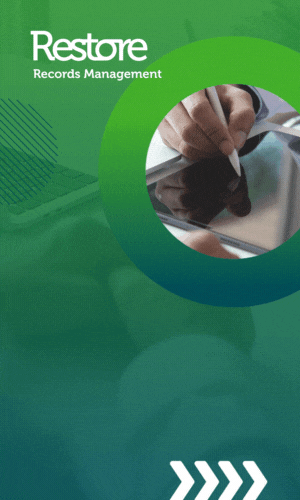Medicine is a science, but the actual practice of medicine across the care continuum is often less consistent and less quantifiable than patients and practitioners would like or expect. Some of this is because treating people is more complex than a standardized production process such as manufacturing or repairing a car. But much of the variance in treatment is because the delivery of healthcare is managed on an ad-hoc and manual basis, even as discrete steps in the process are automated. The result is reduced visibility and ongoing difficulty in measuring both individual patient outcomes and improvements in population health.
A tremendous amount of time and money has been spent automating individual steps in the healthcare delivery process, including not only Electronic Medical Records (EMR) systems, but also scheduling systems, billing systems, and even patient portals. In most cases, multiple software products have been deployed in a single hospital, practice or surgery center, each automating one or more of a provider’s previously manual processes. However, the automation of separate silos leaves process gaps between the different software systems, gaps which are typically bridged using people and paper.
The goals of implementing much of this technology (often driven by regulatory incentives such as Meaningful Use) were to increase efficiency, visibility and interoperability, with the end result being better, more consistent and more cost-effective care. And while the effort was well intentioned, the results were sub optimal. In many cases, technology that was supposed to be automating processes and making them operate more efficiently consumed a lot of time and money with no visible or quantifiable improvement in outcomes or efficiency.
Physician interaction with these systems highlights the broader problem. Physicians consistently report that they now spend half of every patient visit typing and clicking. One physician I spoke to said he counted 72 mouse clicks during the course of a single 15-minute follow-up appointment. Many patient satisfaction surveys note that patients feel that clinicians don’t pay attention to them, just to the laptop. As a result of the documentation process, a physician is now spending time with patients manually inputting and retrieving information that should be automated as part of a workflow process.
Ironically, rather than in a single “old fashioned” paper chart, data about a patient now lives in multiple disconnected systems. Practitioners automated individual steps instead of automating a complete end-to-end care pathway. Many would argue that automation within silos was a step backward in terms of actual patient care, and since the resulting data is now isolated in separate silos, it is difficult to use as a source for analytics to view the big picture. Consequently, there is no improvement to visibility within and across the care continuum at the patient or population level.
To read more click here: http://www.hitleadersandnews.com/how-care-pathway-management-can-maximize-value-from-emrs/




